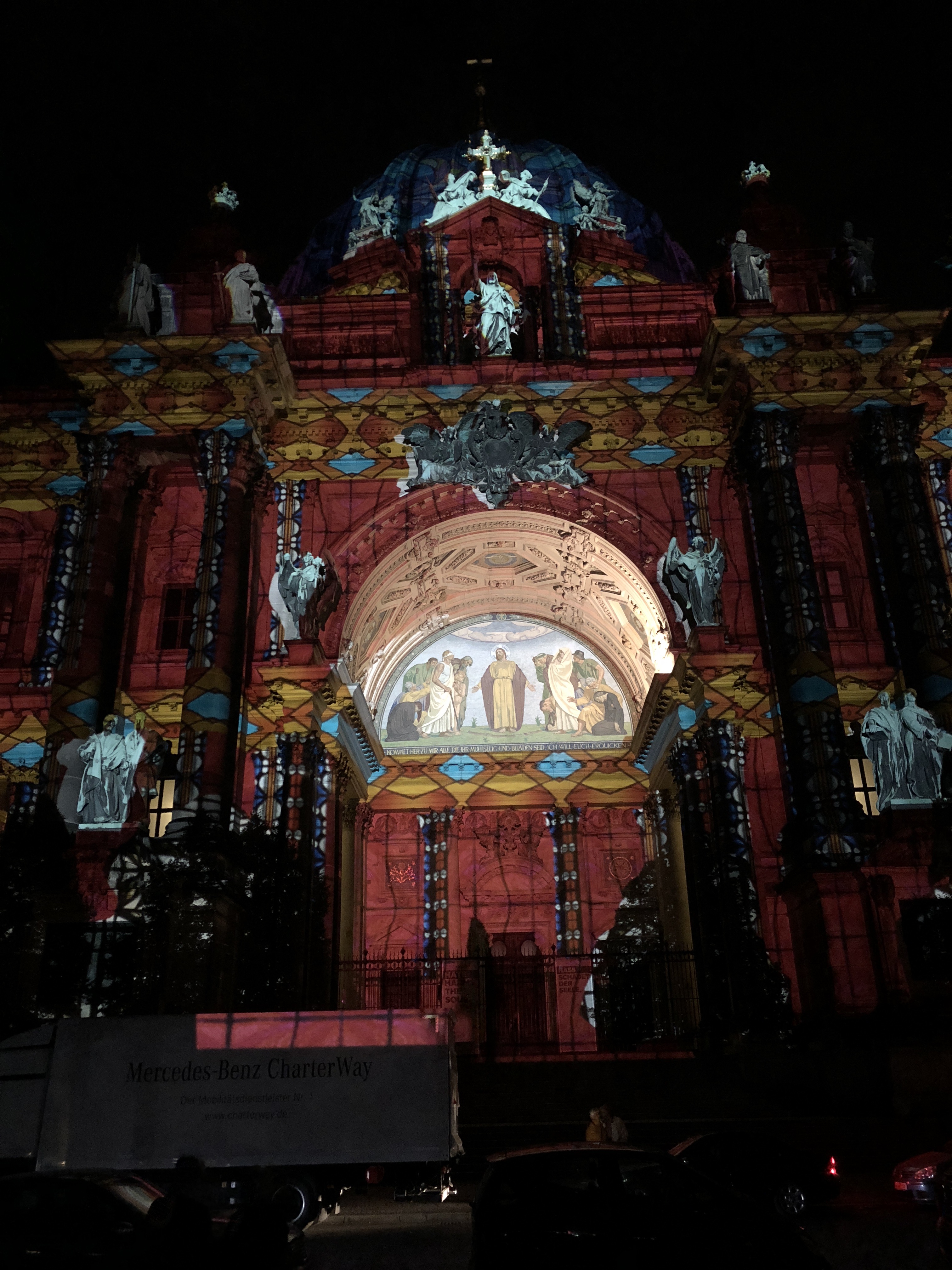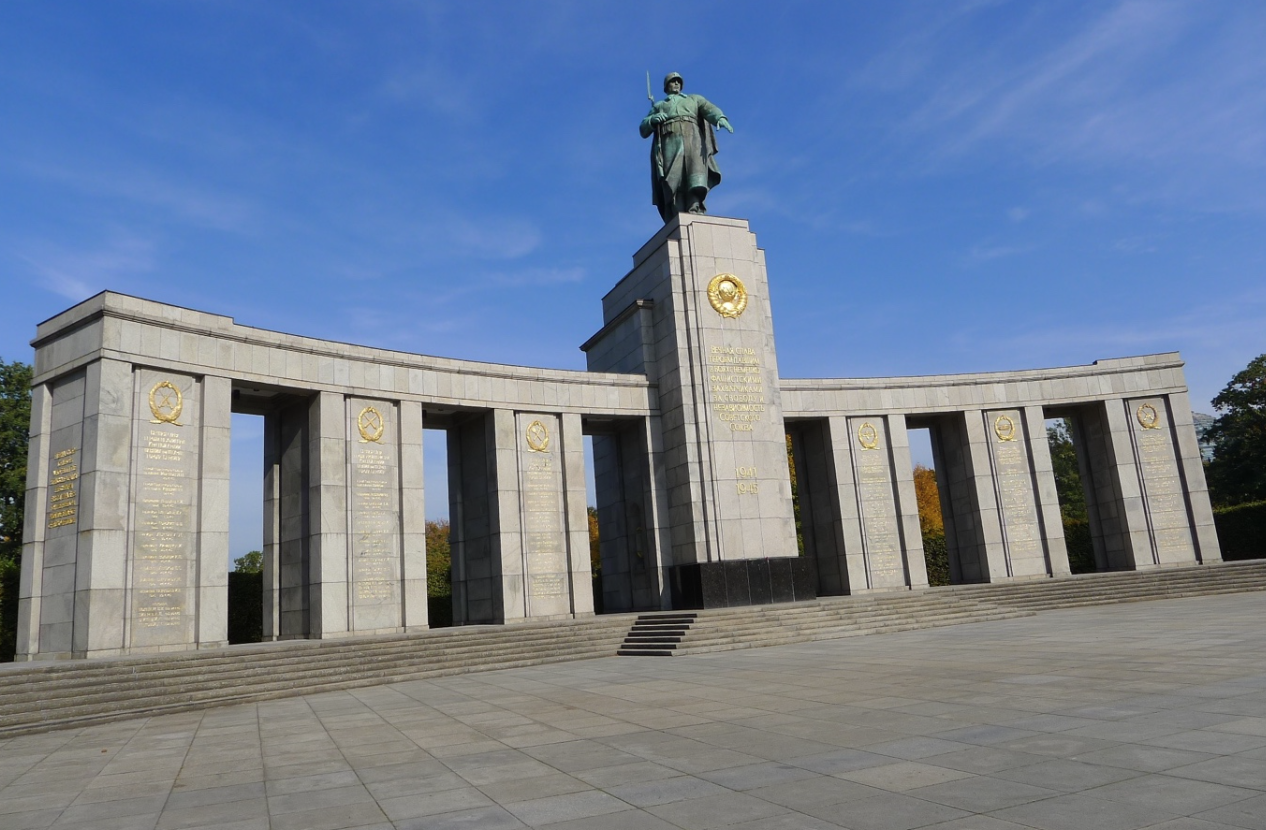Not a classic ‘CrisisManagement’ blog, but still, a glimpse at a city that’s been ‘through the mill’ of war and division and has come out the other side as a vibrant and fascinating destination.
I made a trip to Berlin to see a former colleague who is now working in the city, and given he’s new into the job and has limited time in the day, we decided to ‘do dinner’.
As there was a national doctors’ conference in the city, the closest hotel I could find was about 18km outside the centre, in Glienicke – a leafy suburb of the former East German part of Berlin. And just to prove Berlin is stuffed with history at every turn, it’s also where the Soviets and the West used to exchange spies during the Cold War – specifically on the bridge over the river there. Gary Powers (pilot of the US U-2 spy plane) was one such exchange.
The hotel was a bit Fawlty Towers, almost empty and the staff didn’t speak German as their first language, and despite advertising Italian cuisine, I wasn’t convinced they were from Italia, either. As I was going to be a bit late in, I asked if the key would open the door and was shown a back door where the key worked.
Off I went on the S-Bahn train to central Berlin and we had dinner in a nice place, which had been close to the Wall and opposite was a building that looked like it had some pock marks from bullet holes. It seems the pieces of masonry with bullet marks in them were the least damaged and were re-used in the rebuilding, whereas most of the rest of the stone had been blown to bits.
The pic below (taken from one of the displays at the Soviet War Memorial (more of that later) shows how the centre of Berlin looked in about May 1945 showing (X) where the restaurant is now and an arrow pointing to the cupola of the church – with the present day view of the same church in the next pic, taken from the street. Distance from ‘X’ to church – about 50 metres.

Light show
We then had a walk around the city centre, which the old Berlin Wall criss-crosses. The following shot shows part of the light show where images are projected onto buildings – this one depicting Maximilian Kolbe a Polish Catholic priest who took the place of a condemned prisoner in Auschwitz. He was made a saint for this action. More here https://en.wikipedia.org/wiki/Maximilian_Kolbe

Berlin Cathedral
The city’s Gothic cathedral – like St Paul’s in London – seemed to have avoided the worst damage in a city centre that was almost razed to the ground. This night shot shows a projection of gaudy colours on the plain stone.

Berlin Wall reminders
In some underground stations, there are memorials to the time of the Berlin Wall, where families were split overnight and rarely saw each other for years. These two following pics are from Nordbahnhof.


I caught the train back from the city centre, although it turned out that ‘engineering works’ diverted the train around the station I was looking for, so I and a couple of other people had to get off in the middle of nowhere and we shared a taxi back to where we should have been.
I arrived at the hotel, which was in complete darkness (can only assume Sibyl and Basil were having an early night) and made for the gate, which was locked. Given the spikes on the top of the gate, I decided to climb over the wall – not forgetting the irony of climbing over walls in this particular city…
Day Two
I saw one human being at breakfast and it was a women who offered me coffee or tea and then I made for the bus and S-Bahn train to the centre of the city to seek out some of the iconic sites of WW2.
I’d always seen photos of the Reichstag and the Brandenburg Gate , wrecked after the Second World War and the proportions of the structures and spaces around them seemed huge on the photos. But it took me two minutes to walk from the Brandenburg Gate to the Rechstag and a further two minutes from there to the Soviet War Memorial. Fighting in the Battle of Berlin resulted in the near-total destruction of the city centre.
Brandenburg Gate


Brandenburg Gate today, with four horses and a crane.

Above is a post war pic – probably autumn 1945 with Russian soldiers
The Reichstag



Ruined Reichstag building, Berlin, Germany, Jul 1946 ww2dbase, Source: ww2dbaseBundesarchiv. Photo ID code: Bild 183-V00397. Licence: Creative Commons

Reichstag June 3, 1945. Imperial War Museum. Public Domain. According to the United Kingdom Copyright, Designs and Patents Act 1988, copyright protection has expired for photographs created prior to 1 Jun 1957.
Soviet War Memorial
The Soviets built the memorial, using stone from a Prussian Palace which became the Reich Chancellery which was partially destroyed in the battle and from bombing by RAF Mosquitoes, and which they further reduced stone by stone for their memorial. They wanted rid of the palace as it posed a potential focus for renewed post-war German national pride. The Soviets lost around 80,000 troops in the two weeks of fighting and 2,000 just around the Reichstag.



In this above photo, the Reichstag building can be seen in the top right corner in 1945.
Holocaust Memorial
Five minutes’ walk away is the Holocaust memorial (hundreds of dark grey blocks of varying heights laid out in a grid on a slightly sloping site), and a minute further is a nondescript car park with a rough aggregate, unfinished surface, under which was Hitler’s Bunker and the place he committed suicide in 1945. The German authorities were concerned that if the site was marked in any way, it could become a target for pilgrimage by neo-Nazis, so everything is very low-key – one small noticeboard only.


Zoological Gardens and The Hollow Tooth
I then took the train to the Zoological Gardens station (abandoned ‘boots picture’ below) which used to be the main rail interchange for West Berlin, before the wall came down. It was also the right place to catch the bus to the airport.

In the centre of the square, just up the road from the station is Kaiser Wilhelm Memorial Church, which was partially destroyed in RAF bombing on November 23, 1943 and which has been preserved in its damaged state. Locally, it’s known as the ‘Hollow Tooth’.


Kaiser Wilhelm Memorial Church, partially destroyed November 1943
And finally to Tegel Airport for the trip home. The airport was used as one of the air bases to receive supplies during the Berlin Airlift and more recently, apparently they had to do a survey of unexploded WW2 bombs, prior to widening the runway to take the A330 and Boeing 777.

All colour pics my own 😉


Leave a comment